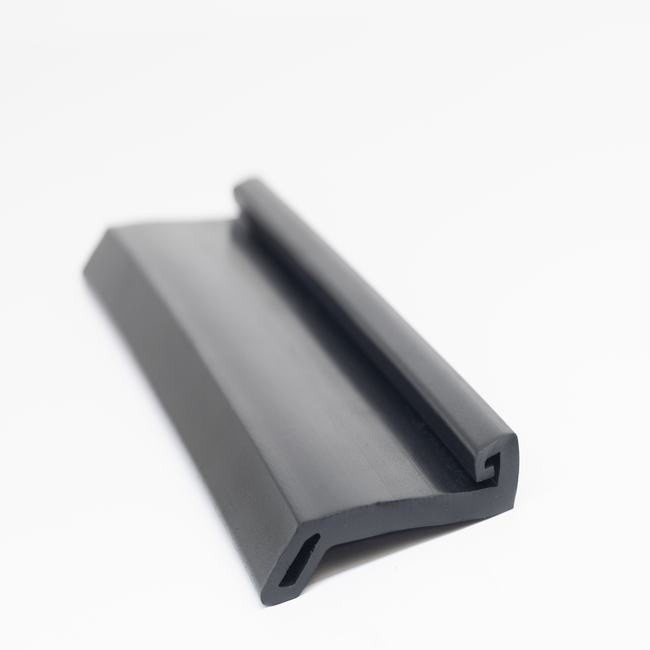GRP pipe seals, also known as glass-reinforced plastic pipe seals or fiberglass-reinforced plastic pipe seals, are essential components used in various industries for joining and sealing glass-reinforced plastic (GRP) pipes. These seals play a crucial role in ensuring the integrity, reliability, and safety of fluid and gas transportation systems. To provide a comprehensive understanding, let’s delve into a detailed description of GRP pipe seals.
1. Material Composition: GRP pipe seals are typically fabricated from high-quality glass-reinforced plastic or fiberglass-reinforced plastic materials. These materials offer exceptional durability, corrosion resistance, and mechanical strength, making them ideal for use in harsh and corrosive environments.
2. Purpose: The primary purpose of GRP pipe seals is to create a secure and leak-proof connection between two GRP pipes, pipe fittings, or pipe-to-manhole connections. These seals are designed to prevent the escape of fluids or gases from the pipe system and to prevent the intrusion of external elements like soil, water, or contaminants into the system.
3. Types of GRP Pipe Seals: There are various types of GRP pipe seals available to suit different applications, including:
a. Compression Seals: These seals rely on compression to create a tight, leak-free connection. They are commonly used for joining pipes of the same diameter.
b. Lubricated Seals: Lubricated GRP pipe seals use a lubricant or sealing gel to enhance the sealing properties, making them suitable for applications where the pipes may experience movement or settling.
c. Wraparound Seals: These seals wrap around the joint between two pipes and are secured in place, providing a reliable seal against external influences.
d. Mechanical Seals: Mechanical GRP pipe seals use mechanical components, such as bolts and gaskets, to create a secure connection. They are often used in high-pressure or high-temperature applications.
4. Installation Process: The installation of GRP pipe seals is a critical process that involves the following steps:
a. Surface Preparation: The surfaces of the pipes or fittings to be joined must be clean, dry, and free from any debris or contaminants.
b. Seal Placement: The GRP pipe seal is carefully positioned between the pipes or fittings, ensuring proper alignment and fit.
c. Compression or Tightening: Depending on the type of seal, the sealing mechanism is activated, either through compression, lubrication, or mechanical fastening. This step ensures that the seal forms a secure and leak-proof connection.
5. Benefits: GRP pipe seals offer several advantages, including:
a. Corrosion Resistance: GRP materials are highly resistant to corrosion, making these seals ideal for use in corrosive environments.
b. Durability: These seals have a long service life and require minimal maintenance.
c. Versatility: GRP pipe seals can be used in a wide range of industries, including wastewater treatment, chemical processing, oil and gas, and more.
d. Environmental Friendliness: GRP is considered an environmentally friendly material due to its recyclability and low environmental impact.
In conclusion, GRP pipe seals are essential components in various industries where reliable, leak-free pipe connections are critical. Their robust construction, resistance to corrosion, and versatility make them a preferred choice for ensuring the integrity of GRP pipe systems. Proper installation and maintenance of these seals are essential to guarantee the long-term performance and safety of fluid and gas transportation systems.










